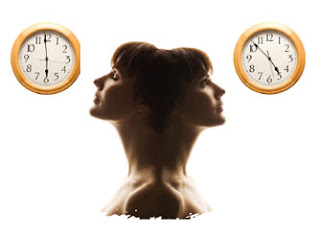
Carry some text with you or wear a digital watch throughout the day. To do a reality test, read the words or the numbers on the watch. Then, look away and look back, observing the letters or numbers to see if they change. Try to make them change while watching them. Research shows that text changes 75% of the time it is re-read once and changes 95% it is re-read twice. If the characters do change, or are not normal, or do not make sense, then you are most probably dreaming. Enjoy! If the characters are normal, stable, and sensible, then you probably aren't dreaming. Go on to step 2. Imagine that your surroundings are a dream. If you are fairly certain you are awake (you can never be 100% sure!), then say to yourself, "I may not be dreaming now, but if I were, what would it be like?" Visualize as vividly as possible that you are dreaming. Intently imagine that what you are seeing, hearing, smelling, feeling is all a dream. Imagine instabilities in your environment, words changing, scenes transforming, perhaps you floating off the ground. Create in yourself the feeling that you are in a dream. Holding that feeling, go on to step 3.

Visualize yourself enjoying a dream activity. Decide on something you would like to do in your next lucid dream, perhaps flying, talking to particular dream characters, or just exploring the dream world. Continue to imagine that you are dreaming now, and visualize yourself enjoying your chosen activity. Another dream-recall related exercise introduced in EWLD and further developed in A Course in Lucid Dreaming is identifying "dreamsigns." This term, coined by LaBerge, refers to elements of dreams that indicate that you are dreaming. (Examples: miraculous flight, purple cats, malfunctioning devices, and meeting deceased people.) By studying your dreams you can become familiar with your own personal dreamsigns and set your mind to recognize them and become lucid in future dreams. The Course also provides exercises for noticing dreamsigns while you are awake, so that the skill carries over into your dreams. This exercise also applies to lucid dream induction devices, which give sensory cues--special, artificially-produced dreamsigns--while you are dreaming. To succeed at recognizing these cues in dreams, you need to practice looking for them and recognizing them while you are awake.


